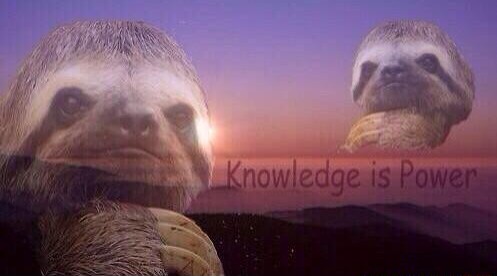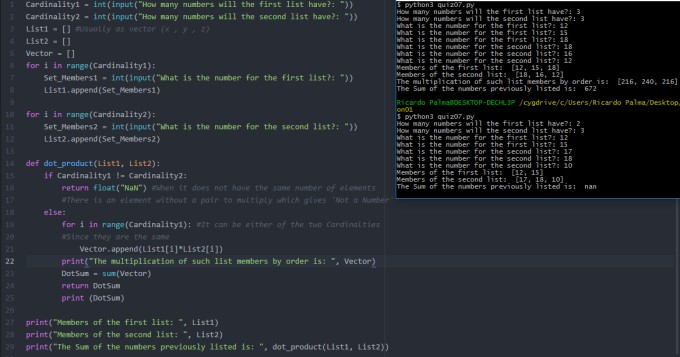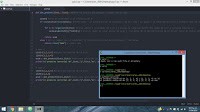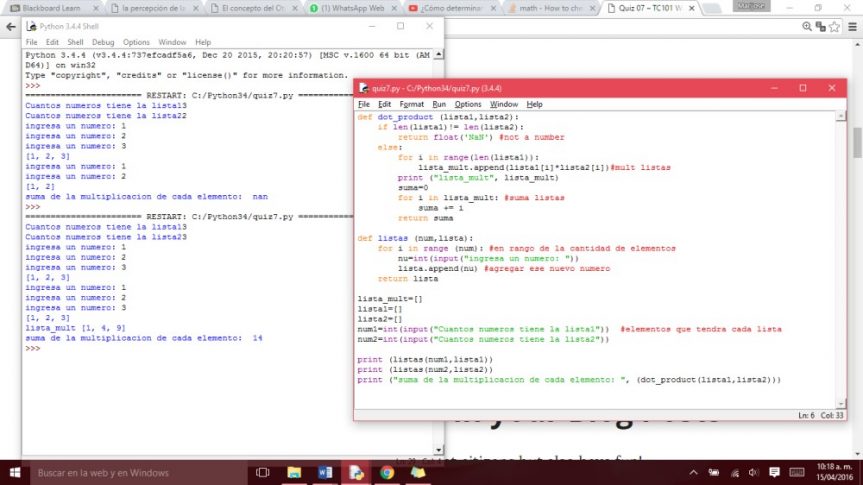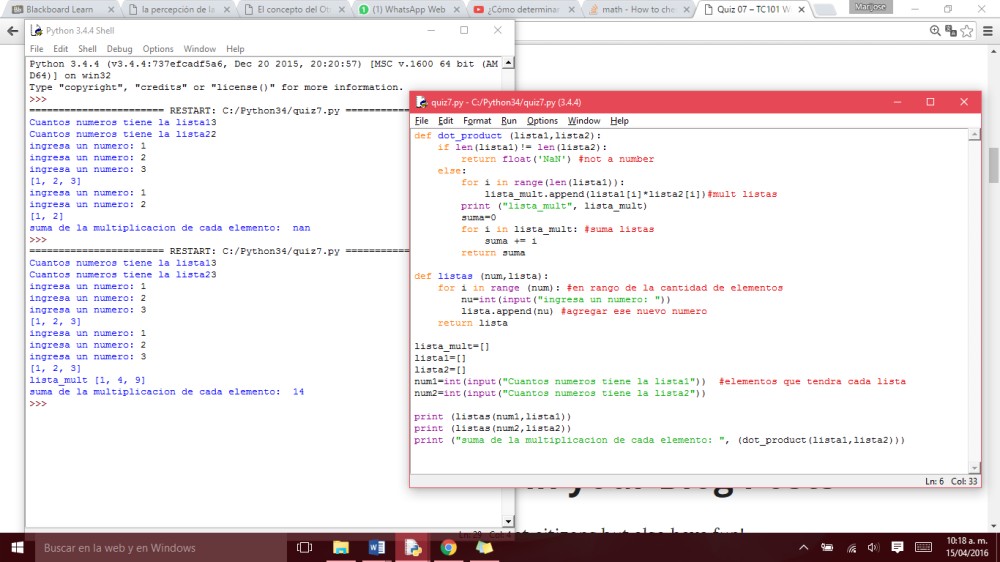#TC1017 #QUIZ 7
The last of the quizzes. I wanted to import the lists from text files just to practice doing that, but I had a problem with the unknown sizes of the lists, turns out I only managed to get it working properly if I specify before hand how big each list is. Other wise it was a simple quiz for me since I was also working on my sudoku.

Source Code:
#include <iostream>
#include <fstream>
#include <vector>
#include <string>
using namespace std;
int CheckIfFirstOpen(string list1){
ifstream ListOne;
ListOne.open(list1.c_str());
if (ListOne.is_open()){
return 1;
} else {
return 0;
}
}
int CheckIfSecondOpen(string list2){
ifstream ListTwo;
ListTwo.open(list2.c_str());
if (ListTwo.is_open()){
return 1;
} else {
return 0;
}
}
vector<int>ReadList1(string list1){
vector<int>List1(4);
ifstream ListOne;
ListOne.open(list1.c_str());
for (int i = 0; i < List1.size(); i++) {
ListOne >> List1[i];
}
return List1;
ListOne.close();
}
vector<int>ReadList2(string list2){
vector<int>List2(4);
ifstream ListTwo;
ListTwo.open(list2.c_str());
for (int i = 0; i < List2.size(); i++){
ListTwo >> List2[i];
}
return List2;
ListTwo.close();
}
int DotProduct (vector<int>List1, vector<int>List2){
int size = 4;
int sum;
for (int i = 0; i < size; i++){
sum += List1[i] * List2[i];
}
cout << “Dot product is ” << sum;
}
int main(){
string list1;
string list2;
cout << “Please enter the name of the first list:” << endl;
cin >> list1;
cout << “Please enter the name of the second list:” << endl;
cin >> list2;
while (CheckIfFirstOpen(list1) == 0) {
cout << “Unable to open first file.” << endl;
cout <<“Please enter the name of the first text:” << endl;
cin >> list1;
}
cout << endl;
while (CheckIfSecondOpen(list2) == 0) {
cout << “Unable to open second file.” << endl;
cout <<“Please enter


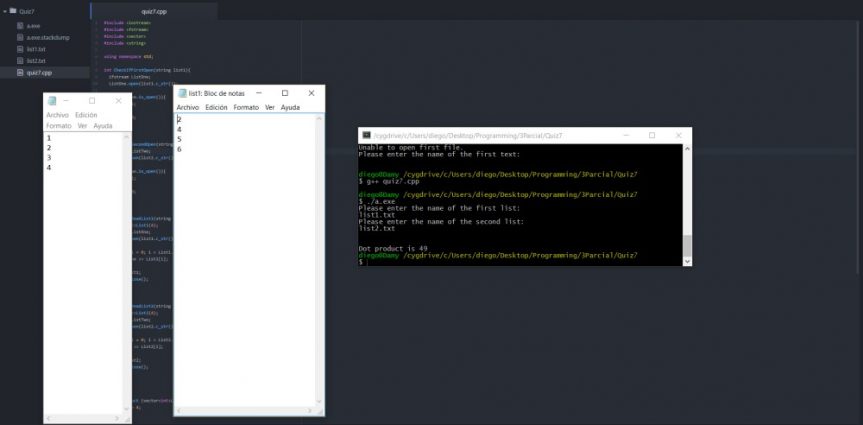







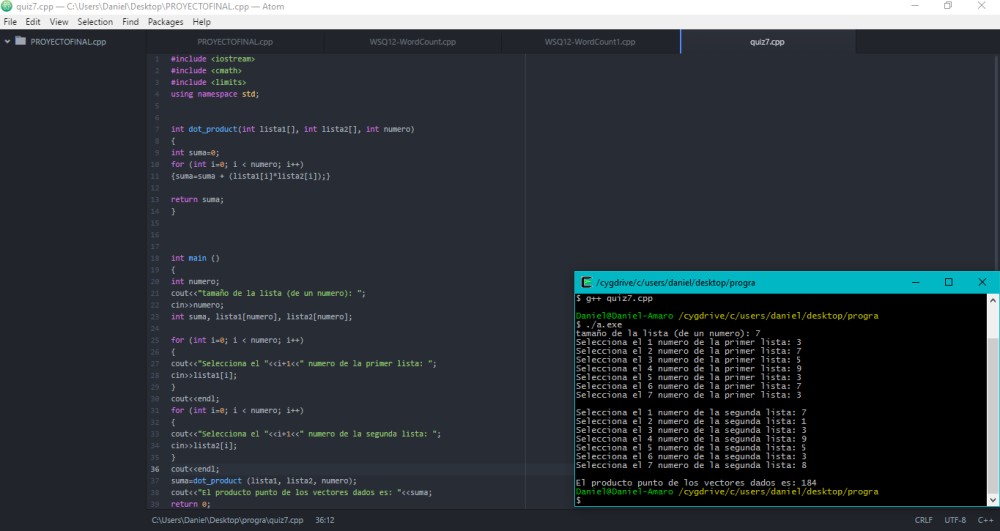



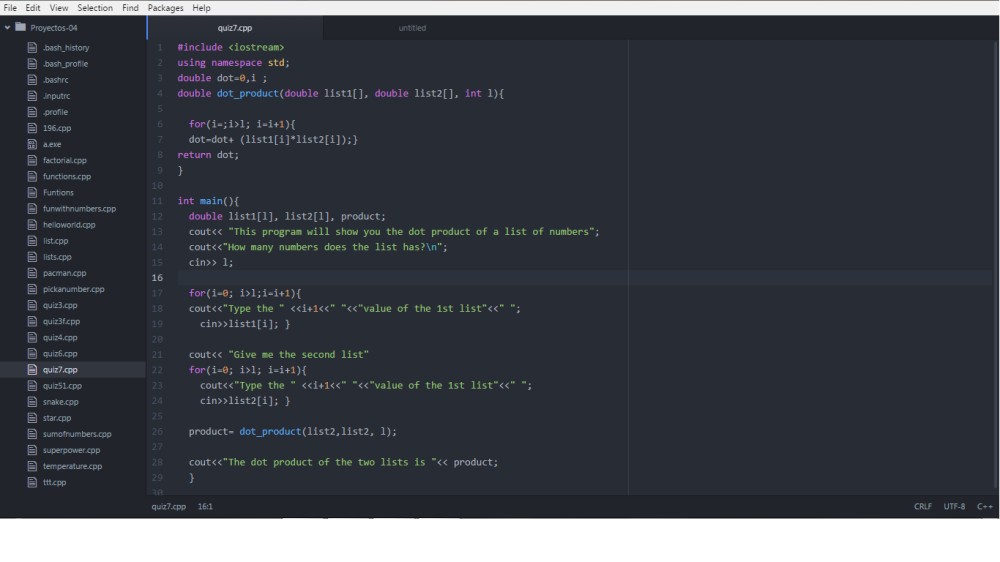

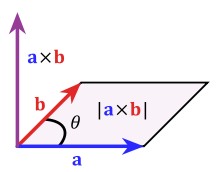
 Obviamente incluye vectores así que mi código resultó en el siguiente:
Obviamente incluye vectores así que mi código resultó en el siguiente:



